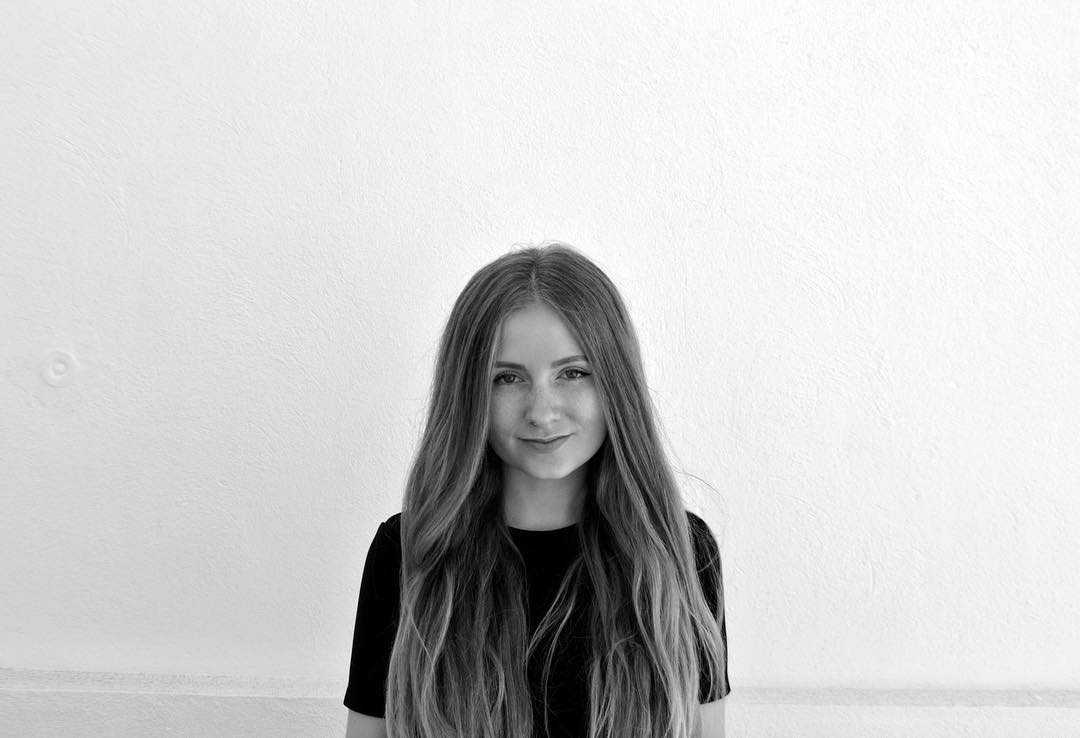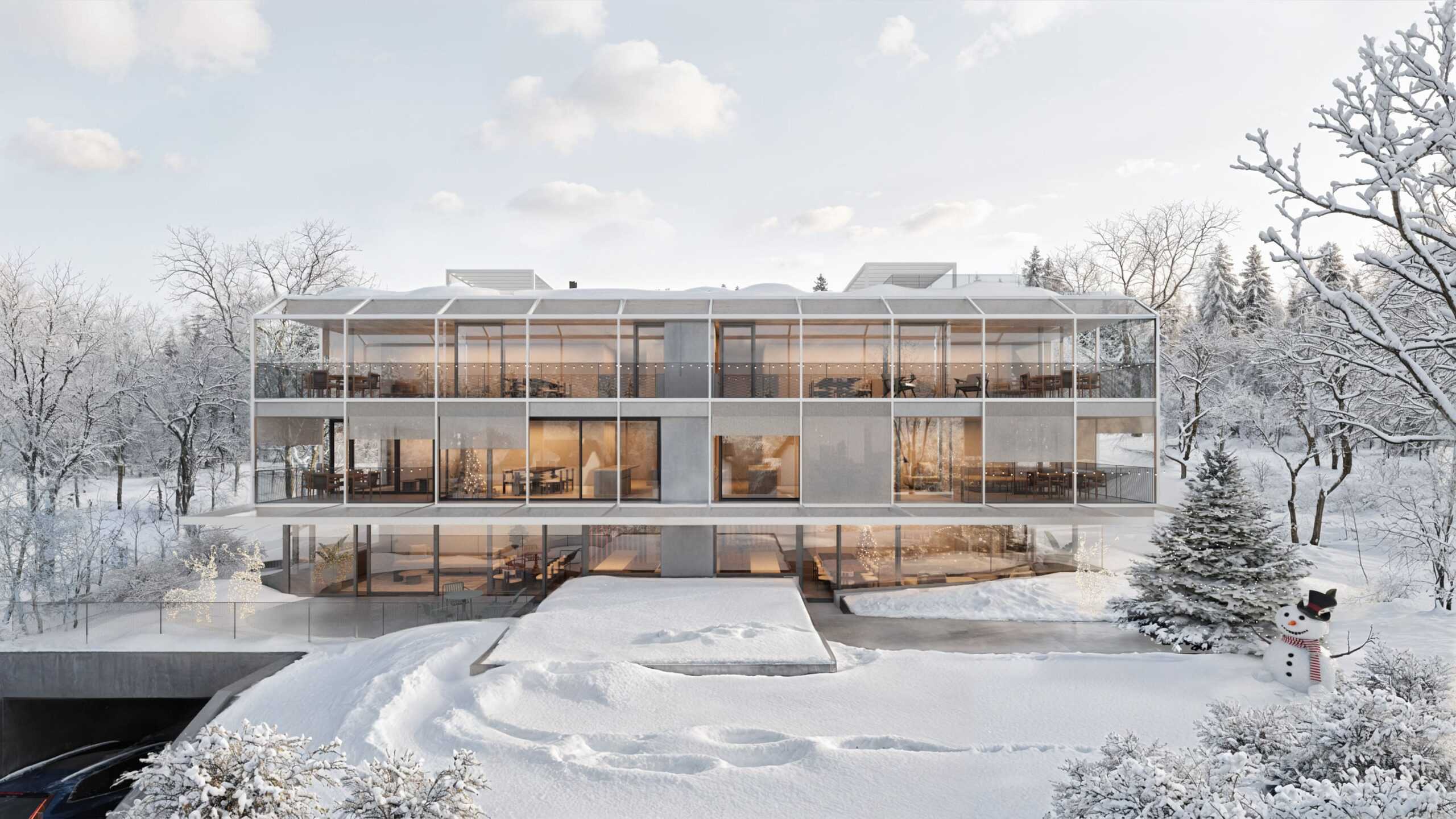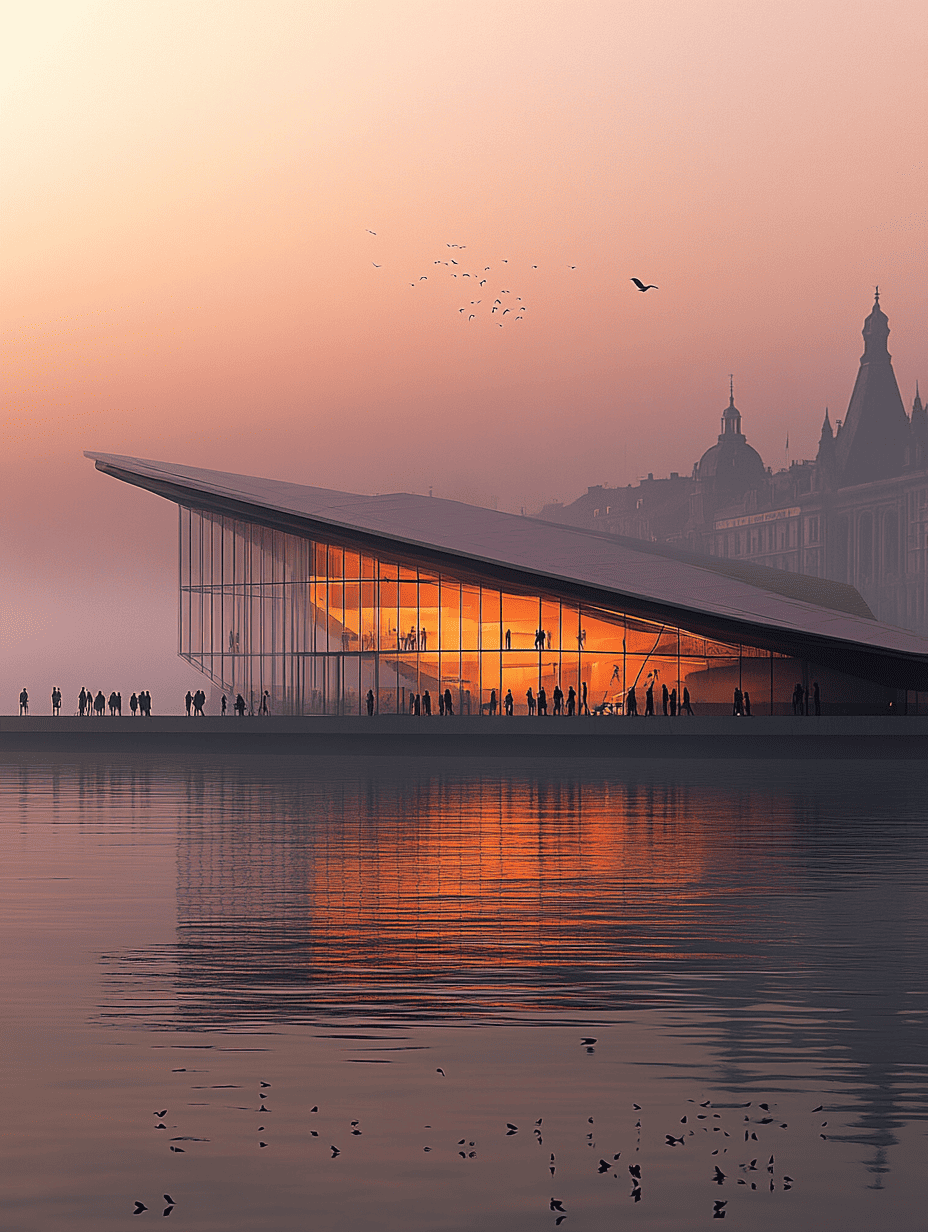06.16.2025
How AI Tools Are Transforming Architectural Visualization

Julia Bogdan

How AI Tools Are Transforming Architectural Visualization
In the rapidly evolving world of architectural visualization, AI tools are emerging as powerful allies for both architects and 3D artists. From automating time-consuming processes to enhancing creative workflows, artificial intelligence is not only reshaping how we work but also opening entirely new possibilities in architectural storytelling.
What AI Tools Are Being Used in Architectural Visualization?

A growing ecosystem of AI tools is now tailored—or adaptable—to the needs of the visualization industry. Some of the most impactful include:
- Midjourney & DALL·E: These generative AI tools are ideal for early concept ideation, moodboards, and exploring visual styles before modeling begins. They offer a quick way to iterate and inspire.
-
Pulze Dream: A cutting-edge AI tool that integrates seamlessly into 3D workflows, enabling intelligent render management, camera path optimization, and automatic scene setup suggestions based on project data.
- Runway ML: Perfect for post-production enhancements, AI video editing, and background replacements. It helps polish visualizations into presentation-ready assets.
- Kling AI: AI video editing, and background replacements. It helps polish visualizations into presentation-ready assets.
- Kaedim & Meshy: These tools convert 2D sketches or prompts into 3D geometry, drastically reducing modeling time for certain conceptual stages.
- Stable Diffusion & Photoshop AI tools: Useful for photorealistic refinements, detail enhancement, and quick edits to architectural renders.
- ChatGPT / Notion AI: While not visual tools per se, they are invaluable for writing project narratives, client proposals, and managing creative briefs.
How Can Architects and 3D Artists Use AI?
AI tools serve as creative extensions for professionals in architectural visualization. Here are several ways they can be integrated into workflows:
- Faster Concept Development
- Generate moodboards or design directions using text prompts in image-generation tools.
- Create early visual references for client alignment before investing hours in modeling.
- Efficient Modeling and Rendering
- Use AI to block out massing or turn sketches into base models.
- Speed up material suggestions or lighting setup ideas based on real-world references.
- Enhanced Post-production
- Replace backgrounds, enhance lighting, or simulate atmospheric effects in seconds.
- Add people, trees, or design elements quickly without 3rd-party assets.
- Improved Client Communication
- Use AI-written summaries and visuals to make concepts more digestible for non-technical clients.
- Personalize visuals or presentations at scale.
Trends to Watch in AI and Visualization
- Real-time AI-enhanced rendering tools will become more integrated into mainstream software.
- Text-to-3D workflows will expand, reducing entry barriers for complex modeling.
- Custom-trained AI models could allow studios to generate branded, stylistically consistent outputs on demand.
- Ethical and copyright discussions around AI-generated content will become central to professional standards.
The Future Is a Collaboration
AI will not replace architects or visualization artists—it will empower them. By automating the repetitive and accelerating the conceptual, AI tools allow creatives to focus on vision, storytelling, and impact.
At Jbvisuals, we are embracing these technologies thoughtfully, balancing efficiency with craft. As AI continues to evolve, so too does the language of architectural visualization.
Looking to enhance your next architectural project with cutting-edge visuals? Let’s talk.